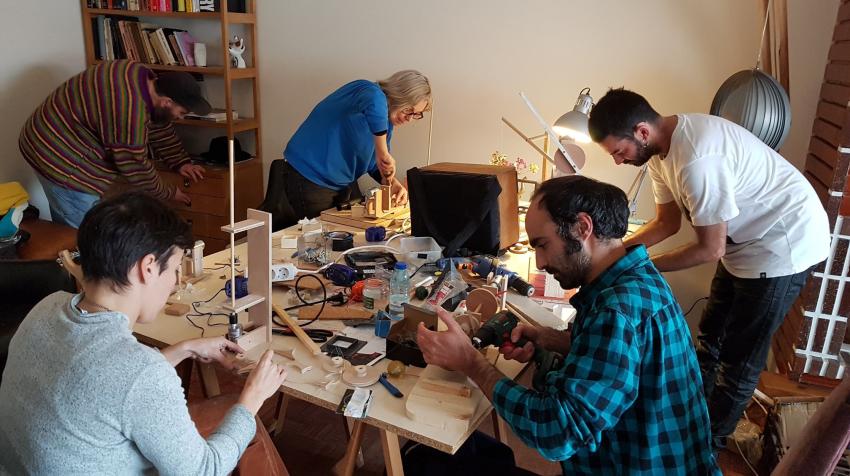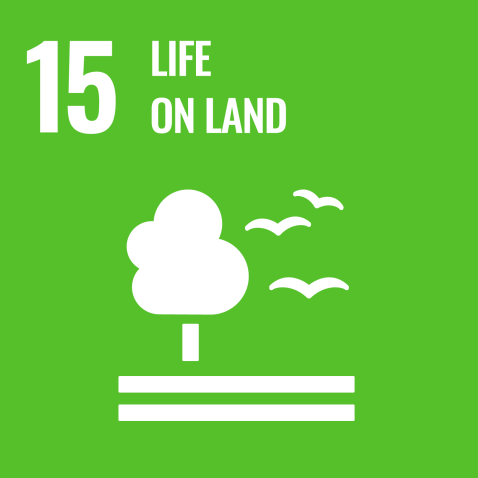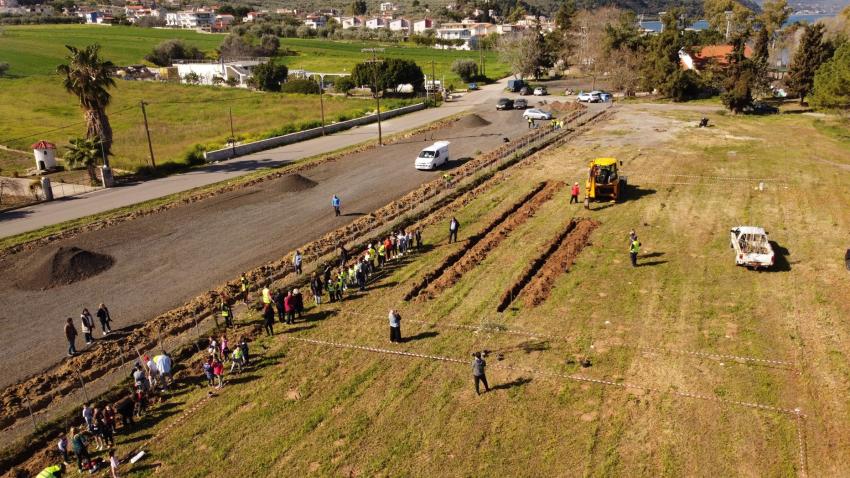Creative tourism aims to offer visitors new experiences by stimulating their active participation in the places they visit and promoting their contact and involvement with locals as well as their traditions. “Cultural and creative tourism can make important contributions to cultural preservation and the socio-economic development and empowerment of local communities, especially when world civilizations are linked to creative tourism,” reads the Sofia Declaration on World Civilizations and Creative Tourism.
The Centre for Social Studies of the University of Coimbra, a member institution of the United Nations Academic Impact (UNAI) in Portugal, coordinated a project focused on this practice. The Creative Tourism Destination Development in Small Cities and Rural Areas project (CREATOUR) was a multidisciplinary research project based on a theoretical-practical approach to collaborative research processes. It aimed to activate and contribute to developing a sustainable creative tourism sector in small cities and rural areas across four regions of Portugal.
For interlinking culture, tourism, and local development perspectives and methodologies, the project included thirty researchers from the University of Coimbra and other institutions of higher education in the country. It also integrated forty pilot projects involving not-for-profit art and cultural associations, entrepreneurs, municipalities, and local and regional development associations. The project’s approach had key dimensions: active participation, creative self-expression, learning, and community engagement.
Critical elements were considered, such as geographic, cultural, and social specificities serving as an inspiration to design offers with local resonance and meaning. In addition, an integrated approach was promoted – crossing regions, disciplines, sectors, and organizational types – bridging research and practice. “It advanced knowledge of good practices in creative tourism and issues linked to enabling culture-based development in small cities and rural areas,” explained Nancy Duxbury, principal project researcher at the University of Coimbra.
The project demonstrated that creative tourism development outside large cities is feasible. Still, the challenges of a distributed geography and the diversity of small-scale initiatives require significant attention to capacity-building, training, and mentorship, as well as dedicated resources for collective marketing and time, in order to deepen knowledge networking and develop partnerships. Nevertheless, it was also found that creative tourism has significant potential for inspiring new ideas for revitalizing local culture and heritage resources.
That, in addition to reimagining community self-representation for tourism and providing social, cultural, and economic added value for smaller places. Some strategic dimensions to foster research–practice collaboration were employed, like developing spaces for knowledge exchange -promoting informal discussion, learning, and knowledge-building-, involving participating organizations in research tasks and knowledge co-creation, and fostering researchers’ close attention to the application side of the project.
Within the scope of this research project, it was possible to promote a total of 151 creative tourism activities and conclude that creative tourism can provide a new lens on the value of local cultures and identities. In the words of Joana Braga, co-organizer of the CREATOUR pilot project L Burro i L Gueiteiro Festival, “a small number of people in a small place can have a large impact.” Furthermore, creative tourism can regenerate options for local traditions, offering innovative ways for preserving and extending traditional arts and crafts and, more broadly, cultural heritage.
And this type of tourism can challenge people to think about how to be a tourist and engage with residents creatively and meaningfully. As Doris Difarnecio Mejia, a creative tourism participant, said, “we need each other.” “This type of tourism is about bringing you in and creating a community. This is about who I am, what I am, how I engage in life, in the world through an art form, through a place, through how I believe and see the world, and I am moved. I am moved deeply,” she added.
Furthermore, the project’s implementation made it possible to show that creative tourism can be a seed for broader sets of activities, contributing significantly to post-COVID-19 pandemic tourism, in line with what is stated in the document One Planet Vision for a Responsible Recovery of the Tourism Sector: “the resilience of tourism will depend on the sector’s ability to balance the needs of people, planet and prosperity.” And, as destinations seek new models of tourism for the future, it is wise to envision creative tourism as part of emerging alternatives to mass tourism.




